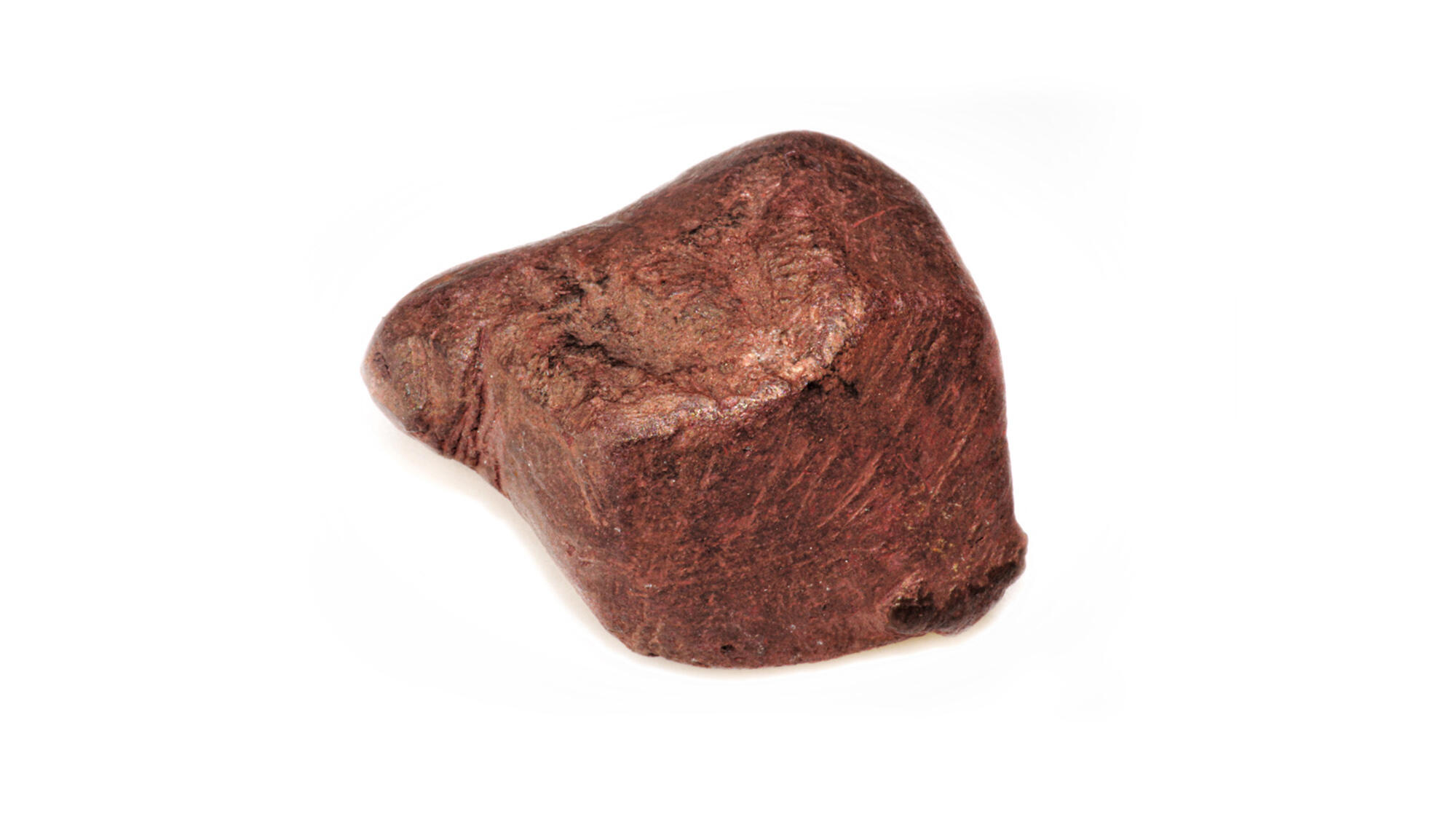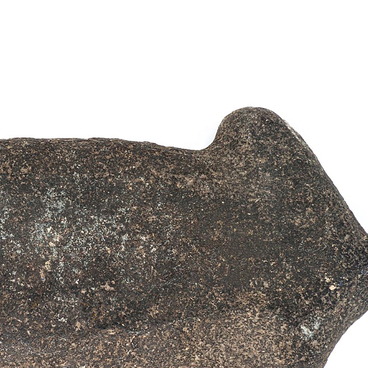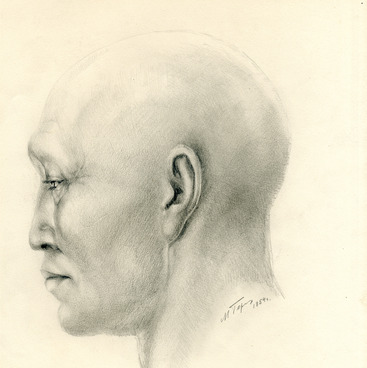Hematite is a widespread mineral from which ochre, a natural red pigment, is produced. It was the most accessible dye in ancient times, so it was used when performing magical rituals and creating rock carvings: there were animals, hunters and sacred symbols drawn.
Primitive people learned to make paint from red ochre long before they began to scratch the first drawings on the surface of the rocks. For example, archaeologists have discovered a small workshop for the dye production in the Blombos cave in South Africa. It was created more than 70,000 years ago. The specialists ground hematite fragments in special pounders made of clam shells, then mixed it with powdered bones using a quartzite pebble pestle and diluted with water to the desired consistency.
Hematite provided color, crushed bone increased the amount of pigment produced, and the animal fats contained in bones were used as a fixative. However, archaeologists have not found any rock carvings either in or near the Blombos cave. Therefore, scientists have suggested that ochre was most likely used for ritual purposes, mainly for painting bodies.
Red paint was created by all known civilizations of the ancient world, including those on the territory of Siberia, where ochre was used not only for rock carvings, but also in rituals: the dye was sprinkled on the floor of the dwelling and used for burials. Moreover, the ancient inhabitants of Siberia decorated ceramic dishes with ochre and added powder from the dye to the clay before firing.
Over time, ancient people discovered dyes of other colors. Carvings from the Chauvet (France) and Altamira (Spain) cases are among the first examples of polychrome ancient painting. Several pigments of different colors were used for it: red, black, white, less often yellow. Scientists have established that these images were created 20-35 thousand years ago.
The dye is still used today: Africa and Australia indigenous peoples cover their bodies and hair with ochre to protect them from overheating, insect bites, and also to disinfect wounds.
Primitive people learned to make paint from red ochre long before they began to scratch the first drawings on the surface of the rocks. For example, archaeologists have discovered a small workshop for the dye production in the Blombos cave in South Africa. It was created more than 70,000 years ago. The specialists ground hematite fragments in special pounders made of clam shells, then mixed it with powdered bones using a quartzite pebble pestle and diluted with water to the desired consistency.
Hematite provided color, crushed bone increased the amount of pigment produced, and the animal fats contained in bones were used as a fixative. However, archaeologists have not found any rock carvings either in or near the Blombos cave. Therefore, scientists have suggested that ochre was most likely used for ritual purposes, mainly for painting bodies.
Red paint was created by all known civilizations of the ancient world, including those on the territory of Siberia, where ochre was used not only for rock carvings, but also in rituals: the dye was sprinkled on the floor of the dwelling and used for burials. Moreover, the ancient inhabitants of Siberia decorated ceramic dishes with ochre and added powder from the dye to the clay before firing.
Over time, ancient people discovered dyes of other colors. Carvings from the Chauvet (France) and Altamira (Spain) cases are among the first examples of polychrome ancient painting. Several pigments of different colors were used for it: red, black, white, less often yellow. Scientists have established that these images were created 20-35 thousand years ago.
The dye is still used today: Africa and Australia indigenous peoples cover their bodies and hair with ochre to protect them from overheating, insect bites, and also to disinfect wounds.



